Table of Contents
What Are Anaheim Chilies?
Anaheim chilies are a mild variety of chili pepper that originated in New Mexico but are now primarily grown in California. They're known for their gentle heat (1,000-3,000 Scoville units) and versatile flavor profile, making them a favorite for both beginner and experienced cooks. These peppers are typically long, slender, and bright green when harvested, though they can mature to red. The USDA Agricultural Research Service classifies them as a cultivar of Capsicum annuum, the same species as bell peppers and jalapeños.
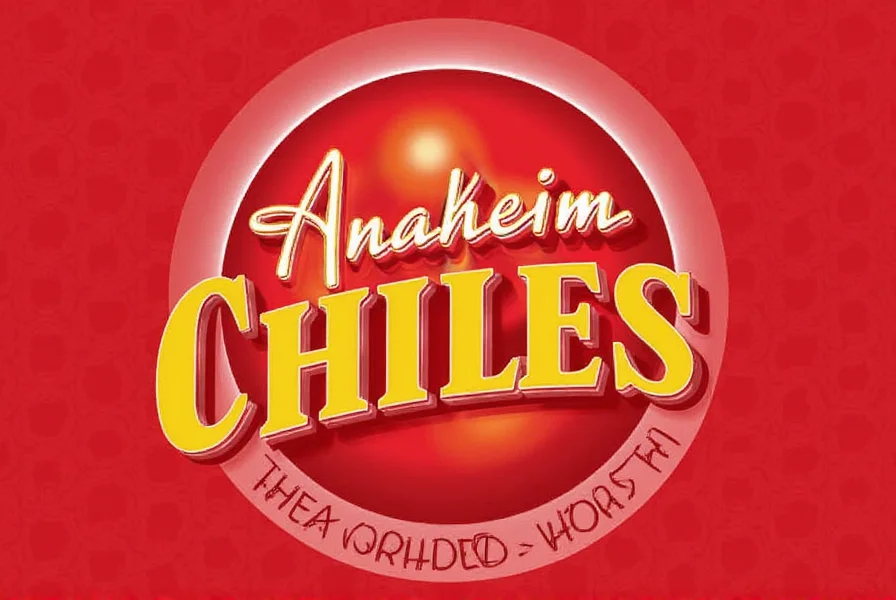
Unlike many chili peppers that require special preparation, Anaheim chilies are incredibly versatile and can be used fresh, roasted, dried, or powdered. They're commonly used in Mexican and Southwestern cuisine but have become popular in American cooking for their mild heat and rich flavor.
History and Origin
Anaheim chilies trace their roots to New Mexico, where they were developed from the original New Mexico chile varieties. In the early 1900s, a farmer named Emilio Ortega brought seeds from New Mexico to Anaheim, California, where they were successfully cultivated. The peppers became known as "Anaheim chilies" after the city where they were first grown commercially in California.
According to the USDA Agricultural Research Service, Anaheim chilies are a specific cultivar of Capsicum annuum that was developed for California's climate. They're sometimes called "California chilies" or "New Mexico chilies" but have distinct characteristics that differentiate them from other varieties.
Heat Level and Flavor Profile
The Anaheim chili is known for its balanced flavor profile. It offers a mild to medium level of heat—typically between 1,000 to 3,000 Scoville units—which means it's not too fiery but still adds a nice kick to any dish. The pepper has a slightly sweet, earthy undertone with a subtle smokiness, making it ideal for roasting or grilling.
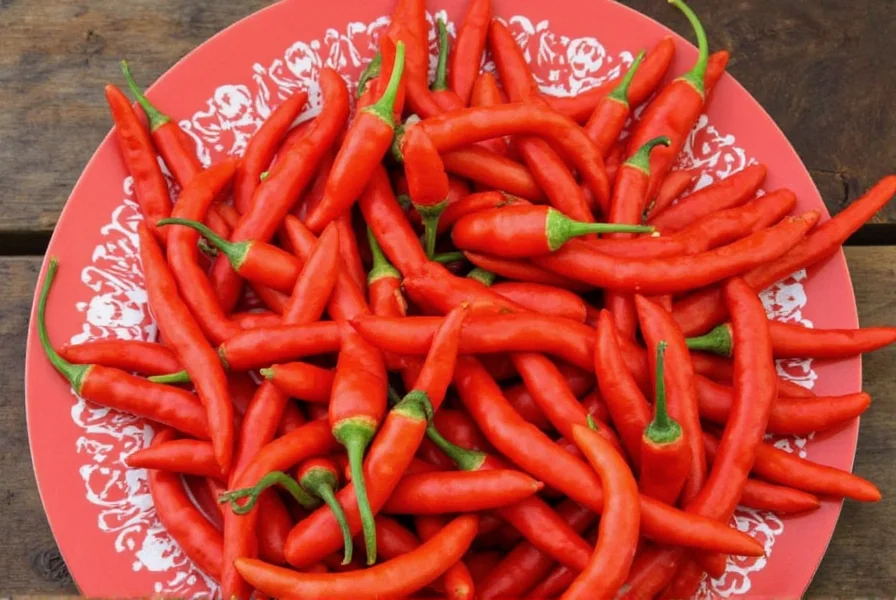
One of the unique things about the Anaheim chili is that it can be used in different forms: fresh, dried, or even roasted. Each form brings out different flavors and textures, so you can experiment with how you use them.
| Pepper Type | Heat Level (Scoville) | Flavor Profile | Best Use |
|---|---|---|---|
| Anaheim Chili | 1,000–3,000 | Sweet, earthy, slightly smoky | Stuffed, roasted, salsas |
| Jalapeño | 2,500–8,000 | Mildly spicy, grassy | Raw, pickled, stuffed |
| Poblano | 1,000–1,500 | Mild, earthy, slightly sweet | Roasted, used in chiles rellenos |
| Chipotle | 2,500–8,000 | Smoky, spicy, deep | Sauce, stews, marinades |
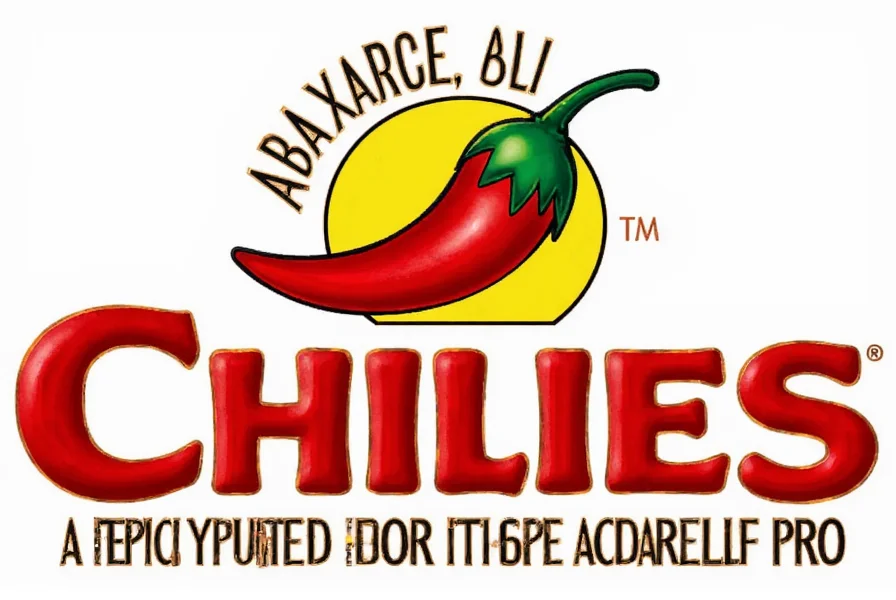
Culinary Uses and Popular Dishes
From salsas to enchiladas, the Anaheim chili is a versatile ingredient that can elevate a wide range of dishes. Here are some popular ways to use it:
- Roasted Anaheim Chilies: Roast them until the skin blisters, then peel and use in sauces, dips, or as a topping for tacos and burritos.
- Stuffed Anaheim Chilies: Fill them with rice, beans, cheese, and meat for a hearty meal. This is a common preparation in Mexican cuisine.
- Anaheim Salsa: Dice the peppers and mix with tomatoes, onions, cilantro, and lime for a fresh, spicy salsa.
- Chile Relleno: While traditionally made with poblano peppers, Anaheim can be used as a milder alternative.
- Dried Anaheim Chile: Used in mole sauces or ground into powder for spice blends like adobo.
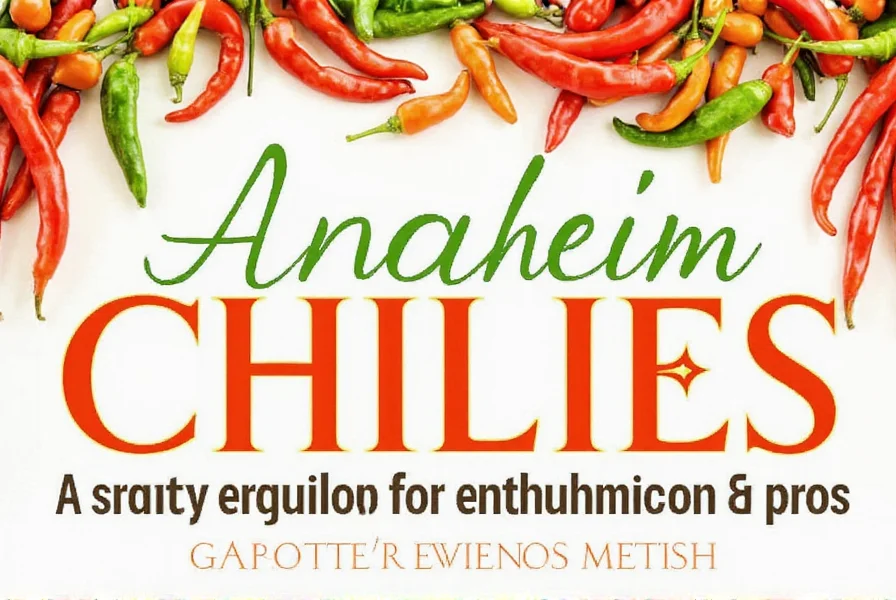
One of the most iconic uses of the Anaheim chili is in the classic chiles en nogada, a traditional Mexican dish featuring stuffed peppers topped with a creamy walnut sauce and pomegranate seeds. While it's more commonly made with poblano peppers, Anaheim can be a great substitute for those who prefer a milder flavor.
Growing Tips for Home Gardeners
If you're interested in growing your own Anaheim chilies, here are some tips to get you started:
- Climate: Anaheim chilies thrive in warm climates with plenty of sunlight. They can be grown indoors during cooler months.
- Soil: Use well-draining soil with a pH between 6.0 and 7.0.
- Watering: Keep the soil consistently moist but not waterlogged.
- Fertilizer: Apply a balanced fertilizer every few weeks to promote healthy growth.
- Harvesting: Pick the peppers when they turn bright green and start to develop a slight yellow tinge.
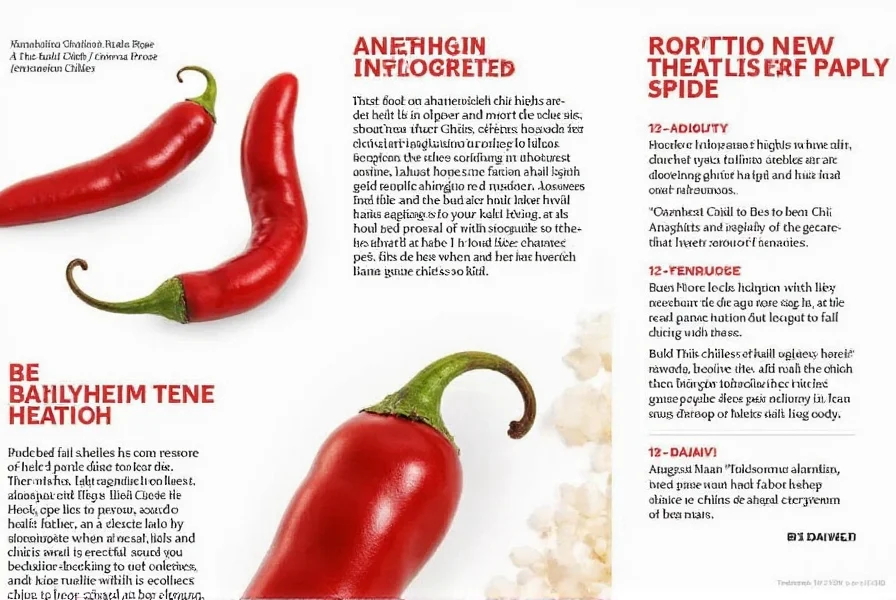
With a little care, you can enjoy fresh Anaheim chilies right from your garden. They're also easy to grow from seeds, which makes them a great project for beginner gardeners.
Buying Guide: Where to Find the Best Anaheim Chilies
Whether you're shopping at a local market or ordering online, there are several places where you can find high-quality Anaheim chilies. Here's a guide to help you choose the best ones:
Where to Buy
- Local Farmers Markets: These are often the best places to find fresh, locally grown Anaheim chilies. Talk to the farmers to learn more about their growing practices.
- Supermarkets: Most large grocery stores carry fresh Anaheim chilies, especially in regions with a strong Hispanic influence.
- Online Retailers: If you can't find them locally, check online retailers like Amazon or specialty spice shops for fresh, dried, or roasted options.
Product Recommendations
Here are some top-rated products that feature Anaheim chilies:
1. Fresh Anaheim Chilies (Local Market)
- Features: Fresh, plump, and vibrant green.
- Advantages: Best for roasting, stuffing, or using in fresh recipes.
- Use Cases: Ideal for home cooks who want to experience the true flavor of the pepper.
- Target Audience: Cooking enthusiasts and casual home chefs.
- Suitable Occasions: Weeknight dinners, family meals, or weekend cooking projects.
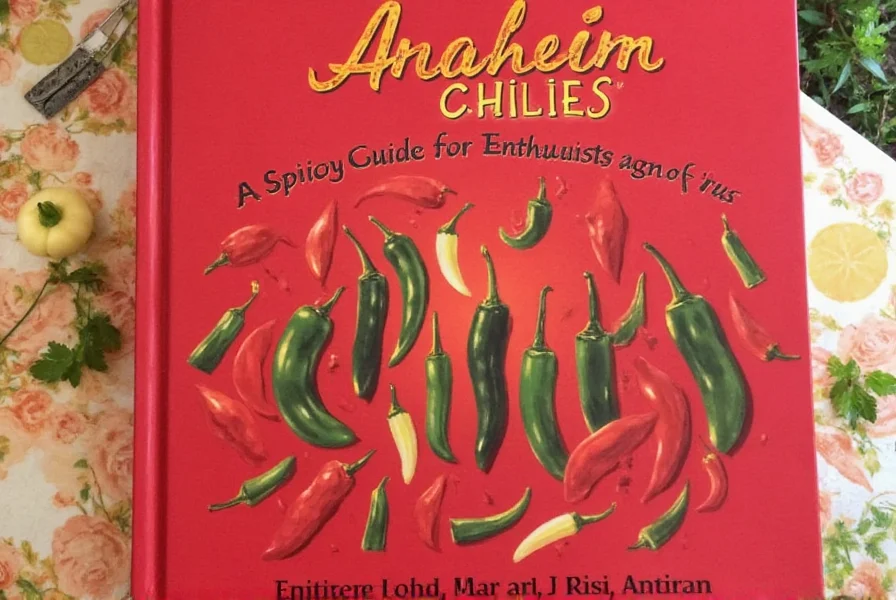
2. Dried Anaheim Chile Powder
- Features: Ground dried Anaheim chilies.
- Advantages: Adds a concentrated, smoky heat to dishes without the need for roasting.
- Use Cases: Perfect for seasoning meats, soups, or spice blends.
- Target Audience: Professional chefs and advanced home cooks.
- Suitable Occasions: Restaurant cooking, spice blending, or gourmet meals.
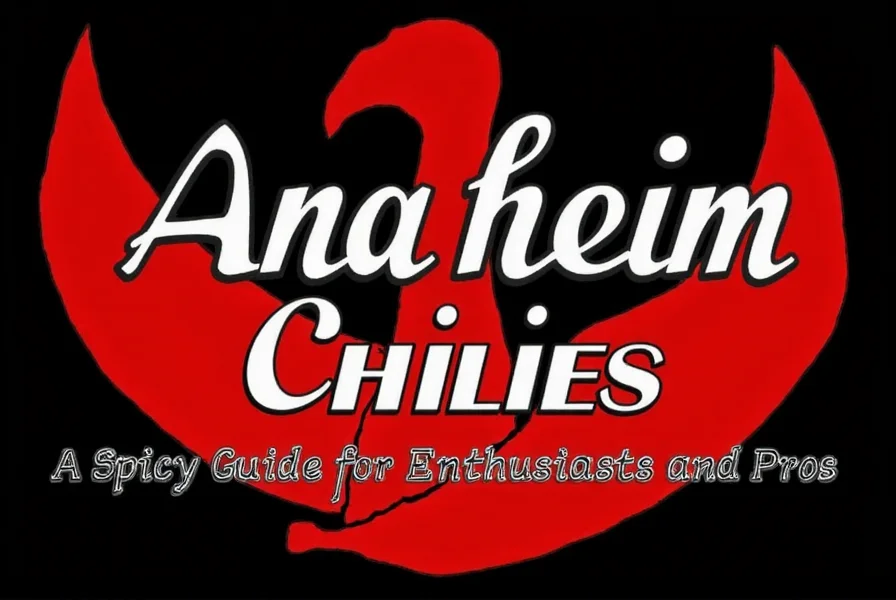
3. Roasted Anaheim Chile Paste
- Features: Smooth, ready-to-use paste made from roasted Anaheim chilies.
- Advantages: Saves time and effort while delivering deep, smoky flavor.
- Use Cases: Great for sauces, marinades, and dressings.
- Target Audience: Busy home cooks and food bloggers.
- Suitable Occasions: Quick weeknight meals, dinner parties, or recipe development.
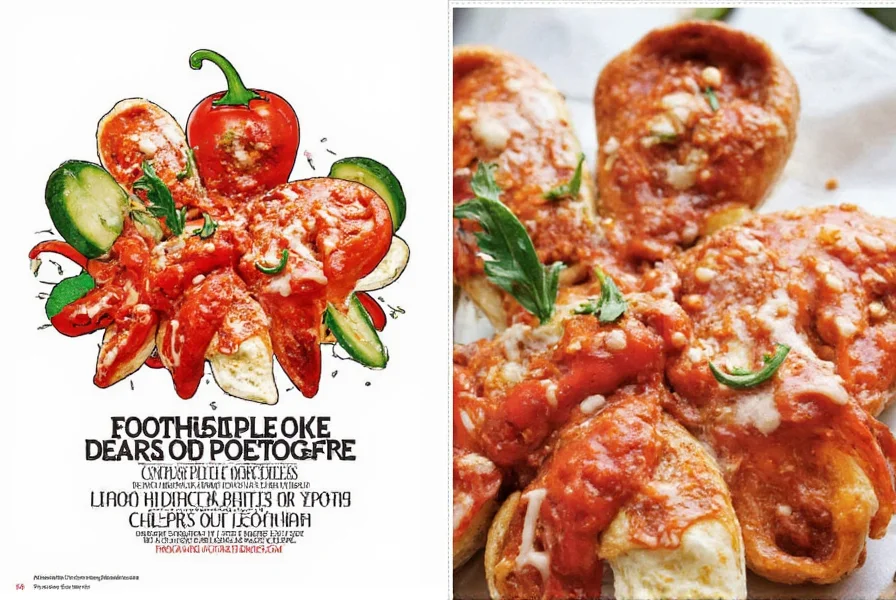
Proper Storage Techniques
To keep your Anaheim chilies fresh and flavorful, proper storage is key. Here are some tips:
- Fresh Chilies: Store them in a paper bag or a breathable container in the refrigerator. They'll stay fresh for up to a week.
- Dried Chilies: Keep them in an airtight container in a cool, dark place. They can last for several months.
- Roasted Chilies: Freeze them in a sealed bag for up to six months. They're great for batch cooking.
- Chili Paste: Store in the refrigerator for up to two weeks or freeze for longer shelf life.
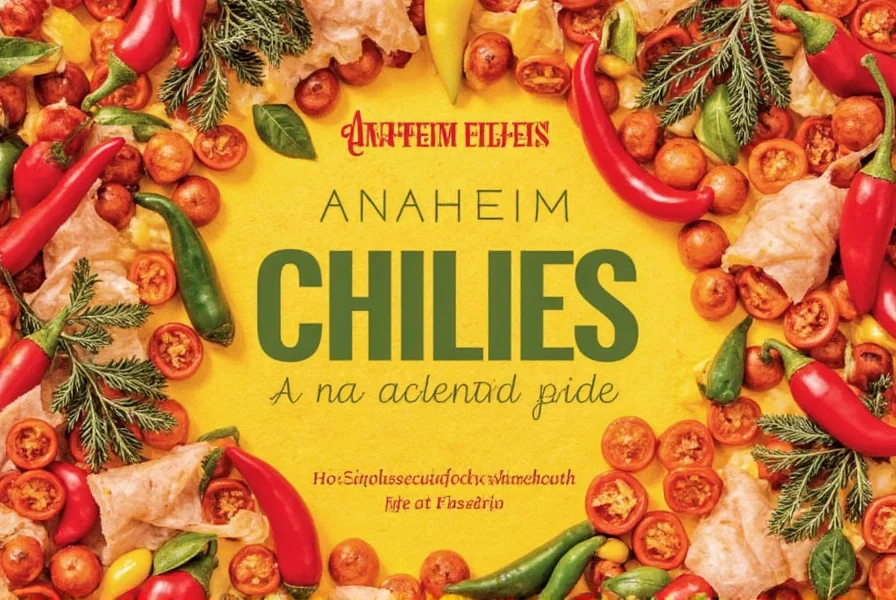
By following these simple steps, you can ensure that your Anaheim chilies remain usable and delicious for as long as possible.
Frequently Asked Questions
Are Anaheim chilies the same as New Mexico chilies?
No, while they're closely related and often confused, Anaheim chilies are milder (1,000-3,000 Scoville units) compared to New Mexico chilies which can range from 5,000-10,000 units. Anaheim peppers are typically longer and greener when harvested. According to the USDA Agricultural Research Service, these are distinct cultivars with different growing requirements and flavor profiles.
How hot are Anaheim chilies compared to jalapeños?
Anaheim chilies are generally milder than jalapeños. While Anaheims range from 1,000-3,000 Scoville units, jalapeños typically measure 2,500-8,000 units. This makes Anaheims about 2-3 times milder than average jalapeños. The Scotts Gardening Guide confirms that Anaheim peppers are considered "mild" while jalapeños are "medium" on the heat scale.
Can I substitute Anaheim chilies for poblanos?
Yes, Anaheim chilies make an excellent substitute for poblanos. They have similar mild heat levels (poblanos are 1,000-1,500 Scoville units) and work well in dishes like chiles rellenos. The main difference is Anaheim peppers are slightly longer and have thinner walls. According to Epicurious, this substitution works perfectly in most recipes that call for poblanos.
What's the difference between green and red Anaheim chilies?
Green Anaheims are harvested earlier and have a grassier flavor with mild heat. Red Anaheims are fully mature, sweeter, and slightly hotter. Both can be used interchangeably, but red peppers work better for drying and making chili powder. The Cook's Illustrated culinary guide notes that red Anaheim chilies develop more complex flavors when dried and are preferred for spice blends.
Should I remove the seeds from Anaheim chilies?
For most recipes using Anaheims, seed removal isn't necessary due to their mild heat. However, if you're sensitive to spice or making a dish for children, removing seeds and white membranes will reduce heat significantly while preserving flavor. The Food Network recommends this technique for recipes where you want to maintain the pepper's flavor without adding significant heat.
How do I dry Anaheim chilies at home?
Wash and dry peppers thoroughly, then thread them through the stems with string. Hang in a warm, dark, well-ventilated area for 2-3 weeks. Alternatively, use a food dehydrator at 135°F (57°C) for 12-24 hours until brittle. Store dried chilies in airtight containers away from light. The USDA Agricultural Marketing Service provides detailed guidelines for drying peppers at home to maintain quality and flavor.
Are Anaheim chilies the same as green chilies?
"Green chilies" is a broad term that can refer to several varieties of unripe chili peppers, including Anaheim, poblano, and New Mexico chilies. While Anaheim chilies are often called "green chilies" in California, the term isn't specific to one variety. For precise cooking, it's best to specify "Anaheim chilies" rather than just "green chilies."
Can you eat Anaheim chilies raw?
Yes, Anaheim chilies can be eaten raw, though their flavor is best when roasted or cooked. Raw Anaheims have a crisp texture and fresh, grassy flavor. Many people enjoy them sliced in salads or as a garnish for tacos. According to Serious Eats, roasting enhances the natural sweetness and smokiness of Anaheim chilies, making them more versatile in cooking.
Conclusion
Anaheim chilies are a fantastic addition to any spice collection. Their mild heat, rich flavor, and versatility make them a favorite among both amateur enthusiasts and professional chefs. Whether you're roasting them, stuffing them, or using them in a sauce, there's no shortage of ways to enjoy this incredible pepper.
As we've explored, from their origin and flavor profile to their culinary uses and growing tips, the Anaheim chili is more than just a spicy ingredient—it's a cultural and culinary treasure. So next time you're at the market, don't forget to grab a few Anaheim chilies and let your taste buds explore new horizons.
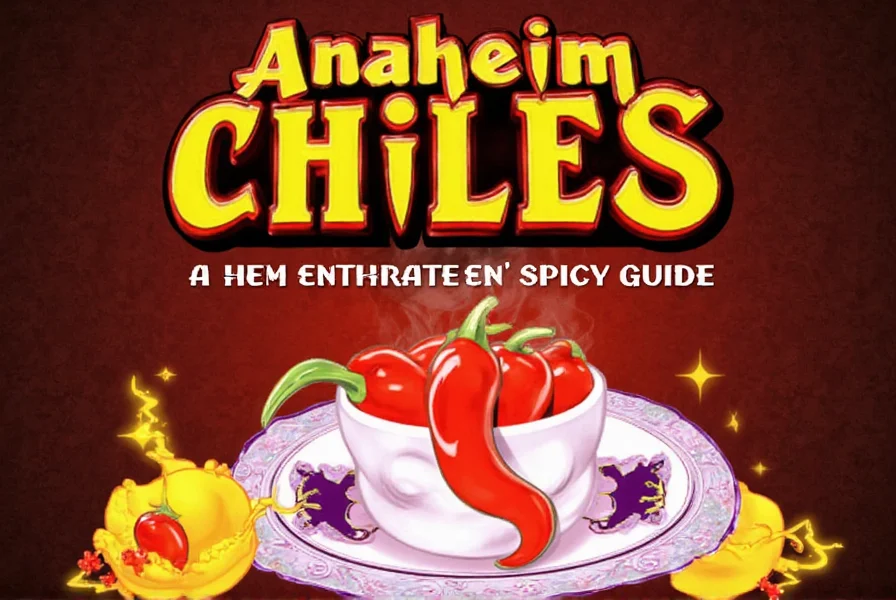

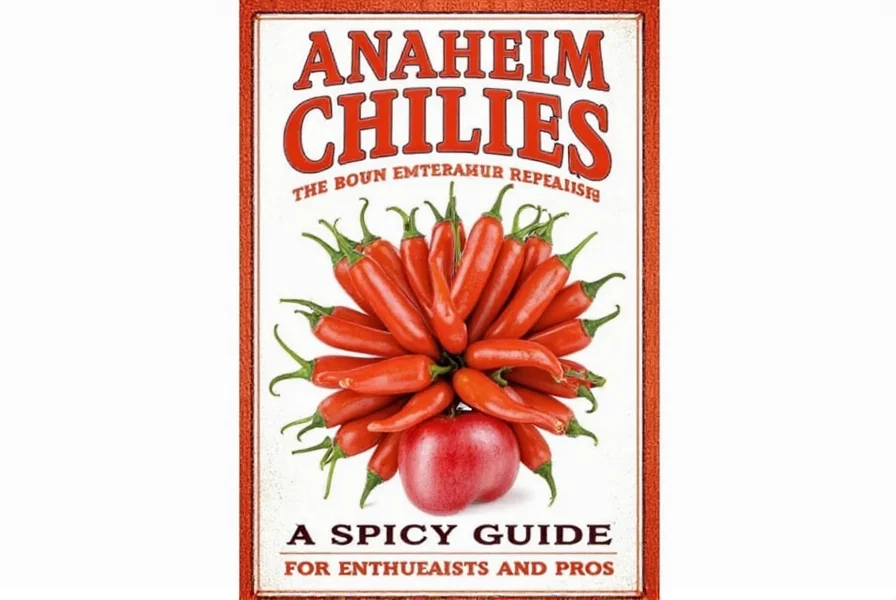









 浙公网安备
33010002000092号
浙公网安备
33010002000092号 浙B2-20120091-4
浙B2-20120091-4